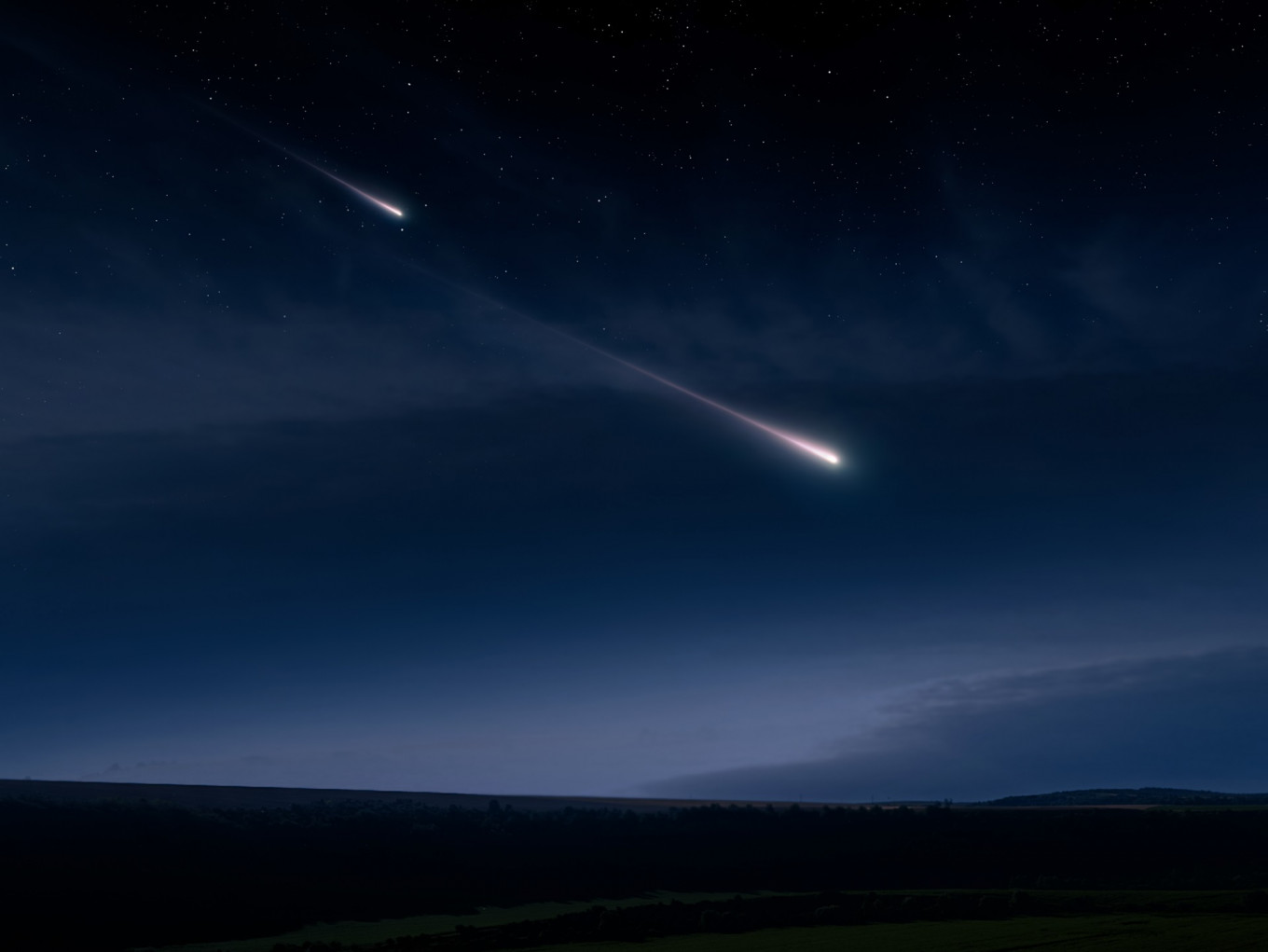Small meteor lights up Philippine sky
The one-meter space rock, named 2024 RW1, collided with the Earth's atmosphere shortly after midnight local time and caused a "harmless" but "spectacular fireball" over the Philippines' Luzon island.
Change text size
Gift Premium Articles
to Anyone
 A stock illustration of a shooting star. (Shutterstock/Nazarii_Neshcherenskyi)
A stock illustration of a shooting star. (Shutterstock/Nazarii_Neshcherenskyi)
A
small, bright meteor lit up skies over the northern Philippines early Thursday as it burned up entering the Earth's atmosphere, the European Space Agency and witnesses said.
The one-meter space rock, named 2024 RW1, collided with the Earth's atmosphere shortly after midnight local time and caused a "harmless" but "spectacular fireball" over the Philippines' Luzon island, the ESA said.
The meteor, discovered through the Catalina Sky Survey, is only the ninth meteor that humans have ever spotted before impact.
Businessman Allan Madelar, 28, told AFP he waited an hour in Gonzaga, a municipality in Luzon, to watch the meteor with a friend.
"It was mesmerising, the colour was beautiful. The sky went from black to blue-green to orange and black again," he said.
Video clips posted on Facebook and verified by AFP showed an orange-tailed fireball that briefly illuminated the night sky over Luzon.
Audie de la Cruz, 65, set up his camera on a bridge in Tuguegarao city, 142 kilometers south of Gonzaga, to photograph the celestial spectacle but the fireball died out before he could press the shutter.
"It was like a tadpole with a very big head, and its head was very bright," de la Cruz told AFP.
"I might have failed to photograph it but seeing it was a very unforgettable experience."









